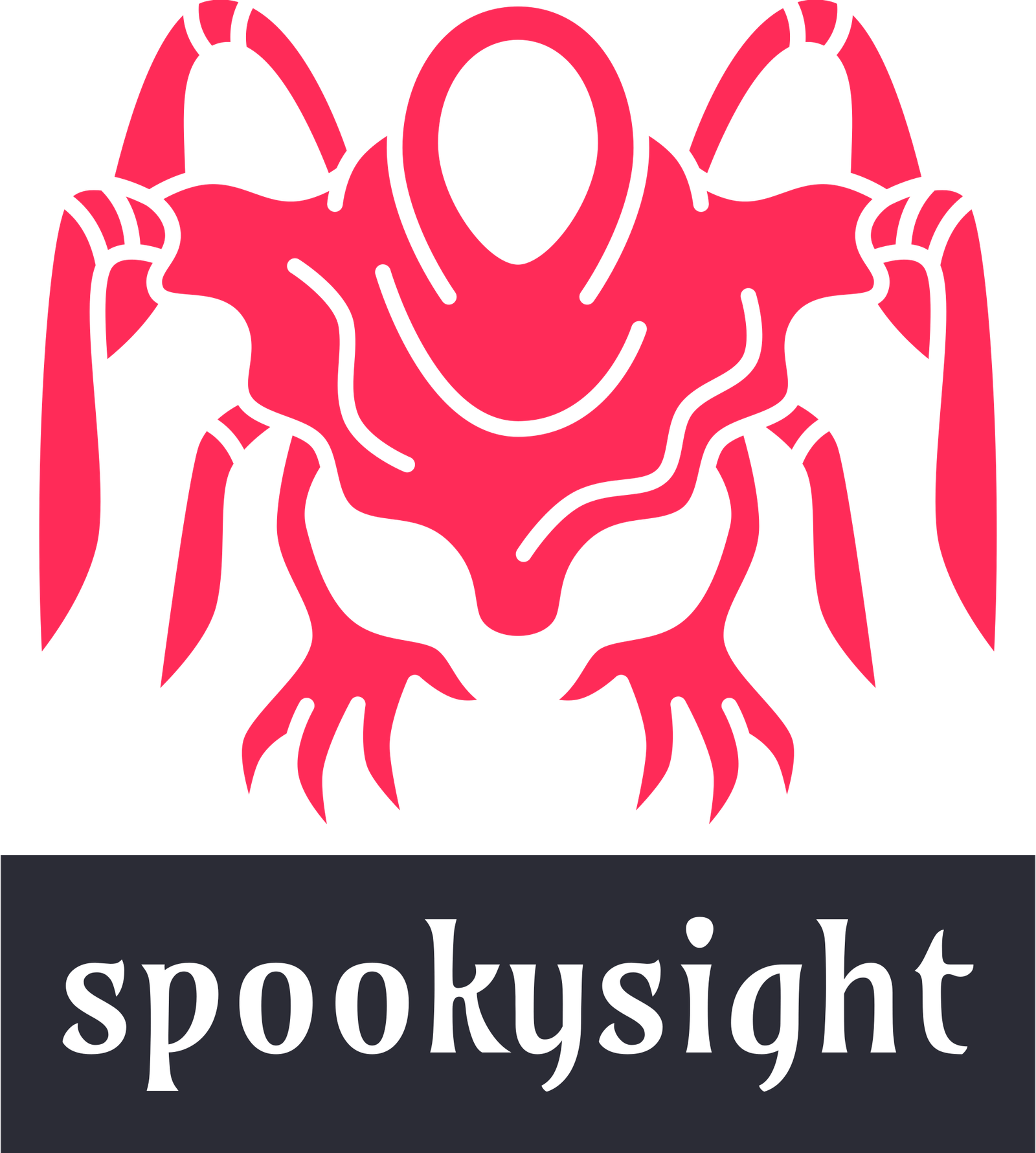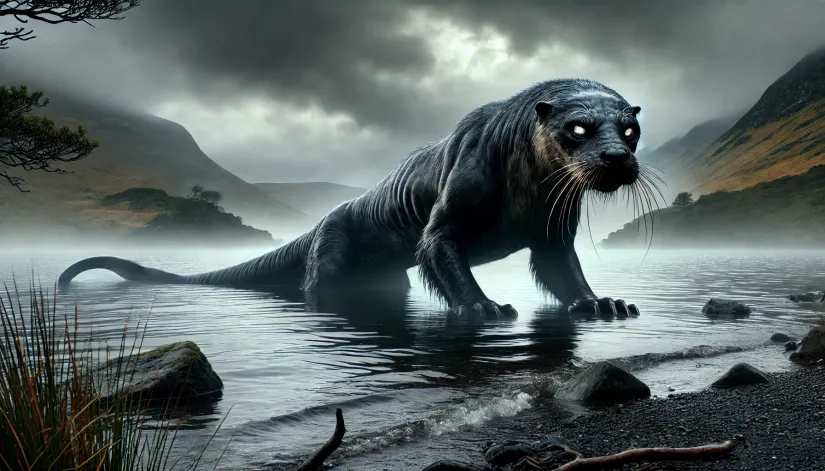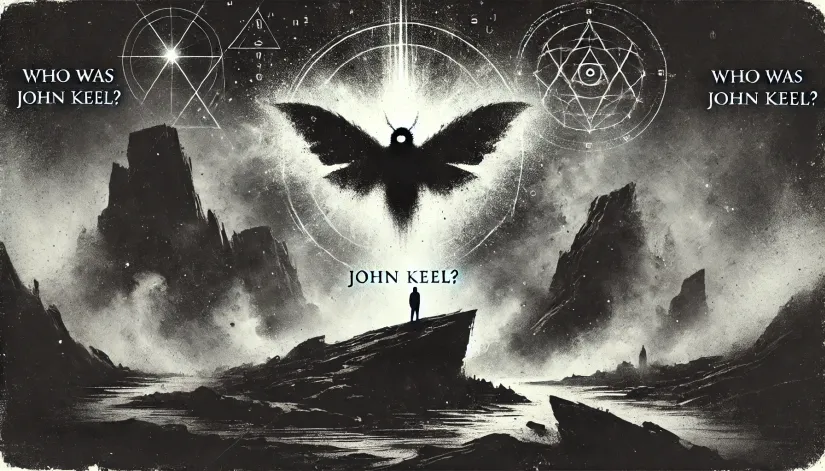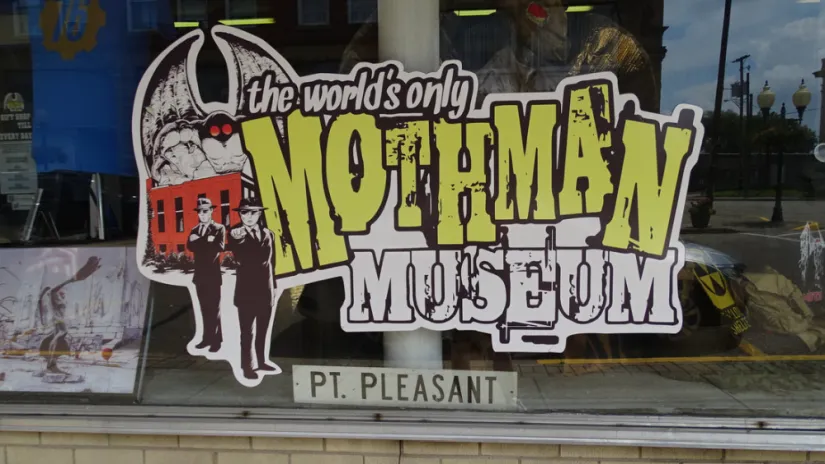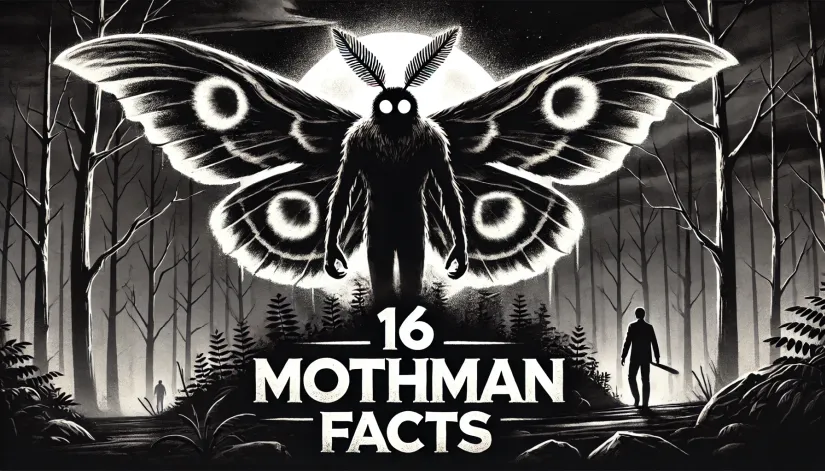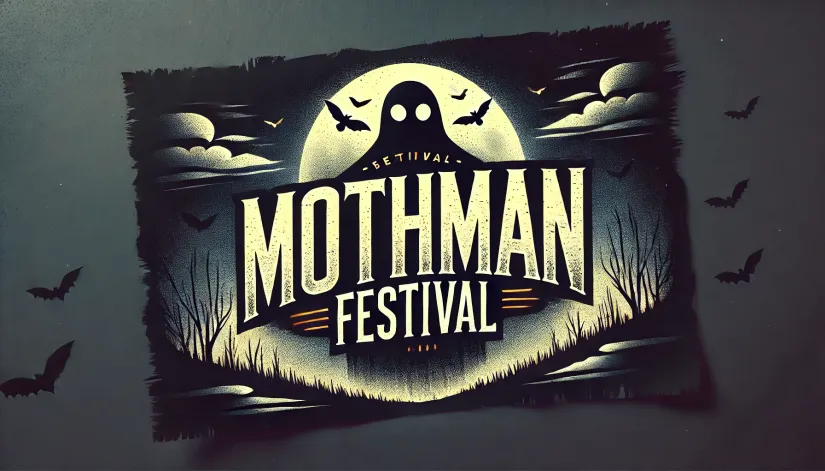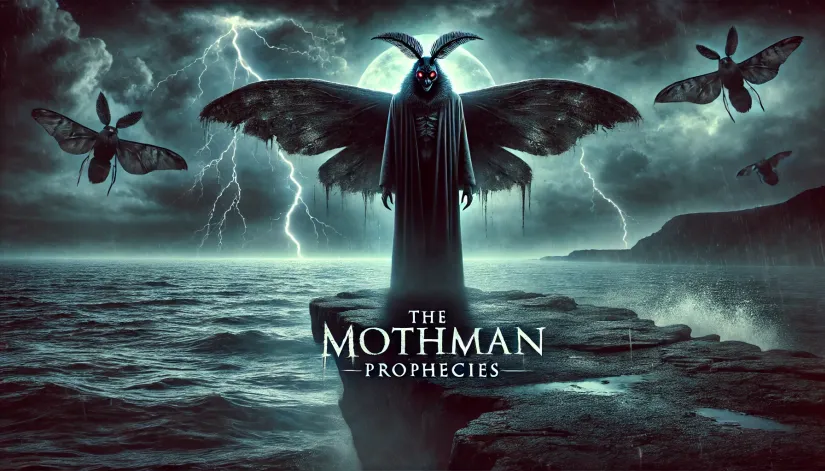Ireland is home to many cryptids—from the creepy banshee to the famous leprechauns—but few are as terrifying as the Dobhar-chú.
More commonly known as the “King Otter,” this European cryptid is rumored to hunt in the deep lakes and rivers of western Ireland. And while most sightings happened in Leitrim and Sligo counties (especially around Lough Glenade), many think that the Dobhar-chú may be a remnant of an ancient species.
But whatever it is, the Dobhar-chú has sparked controversy, curiosity, and fear for generations. Let’s dive into what makes this mysterious predator so intriguing.
In this article:
What is the Dobhar-chú?
The Dobhar-chú (pronounced [ˈd̪ːoːɾːxuː]; literally ‘water dog’ or ‘water hound’) is an Irish and Scottish cryptid often described as a mix between a dog and an otter—though some stories say it’s part dog, part fish.
According to legend, it’s way bigger than your average otter. Maybe five times the size (with a length of 10-15 feet). It can be highly aggressive and primarily carnivorous.
Locally, folks have called it many names, like Doyarchu, Dobarcu, Dhuragoo, and even the Irish Crocodile.
What Does Dobhar-chú Mean?
In old Irish, “dobhar” means “water,” and “chú” means “hound” (like in “Cúchulainn,” the legendary Irish hero whose name means “Culainn’s hound”). So yeah, it literally means “water hound.”
Not to mention that the name perfectly fits its reputation as a semi-aquatic beast. In fact, the whole idea of a hound-like creature hanging out in the water really fits in with Ireland’s tradition of mixing nature and mythology, making the Dobhar-chú a kind of guardian of the lakes and rivers.

Description and Behavior
The Dobhar-chú is usually described as a big creature—about the size of a large dog—but with a body more like an otter.
People who claim to have seen it often mention its dark fur, muscular build, and long tail. Its head is supposedly dog-like but with otter-like features, giving it an almost otherworldly look. Reports say it ranges from 10 to 15 feet long—way bigger than your typical otter. It’s got powerful limbs for swimming and getting around on land, plus sharp claws.
Some accounts also mention it has a white pelt, black ear tips, and even a black cross-shaped marking on its back. However, the fur might sometimes look darker because it lives in murky waters.
Related: The Canvey Island Monster: Facts, Sightings, and Theories
Some witnesses who claimed to have encountered the cryptid also mentioned its glowing eyes.
As for its behavior, the Dobhar-chú can be very territorial and aggressive, especially if disturbed. Stories say it will attack anyone who gets too close to its home (or threatens its mate). And since it’s fast—both in water and on land—it’s not something you’d want to mess with.
In some stories, the Dobhar-chú travels in pairs. If one of the creatures is injured or killed, it will let out a loud, eerie whistle that calls its mate to come for revenge.

Evidence
The most famous “evidence” of the Dobhar-chú is a headstone in Conwall Cemetery, near Glenade Lake in County Leitrim. It supposedly belongs to Grace Connolly, who, according to local legend, was attacked and killed by a Dobhar-chú on September 24, 1722.
So, what exactly happened? Well, the story goes like this:
Grace was washing clothes by Glenade Lake when the creature attacked her. Her husband, Terence Connolly, found her and killed the Dobhar-chú with a dagger. But then a second Dobhar-chú came after him, and he managed to kill it after a tough fight.
Some versions of the story say Terence got help from a friend, and they even took refuge at a blacksmith’s shop. The blacksmith warned them that the Dobhar-chú would target their horses’ legs, so Terence stayed ready and eventually killed the second creature by slicing its neck.
As for the headstone? It’s a flat sandstone, about 4.6 feet by 1.1 feet (1.4 by 0.34 meters). On it, it’s carved an animal with the body and legs of a dog, a long, curved tail, and a tuft at the end.
However, beyond Grace’s headstone and a few alleged sightings (which we’ll get into next), there isn’t a whole lot of solid evidence for this European cryptid.

Dobhar-chú Sightings
One of the earliest mentions of the cryptid was in the 1684 book “A Description of West Connacht” by Roderick O’Flaherty. For the first time, O’Flaherty wrote about a strange, very aggressive creature that lives in some of Ireland’s waters.
This early mention may have also influenced the 1722 Connolly story.
In 1870, fishermen near Achill Island, County Mayo, claimed they saw a large, dark creature that looked like an otter but was much bigger. The monster was incredibly fast and had a scary growl.
Related: The Surgeon’s Photograph: Was This the Loch Ness Monster’s Greatest Evidence?
In 1896, a writer using the pseudonym Miss Walkington wrote in “The Journal of the Royal Society of Antiquaries of Ireland” about another alleged sighting. She described the creature as “half-wolfdog and half-fish.”
Later, Mr. H. Chicester Hart (a naturalist and author known for his work on Ireland’s flora and fauna) responded, saying he’d also heard of a creature called the Dobhar-chú, supposedly the “king of all lakes and father of all otters.”
More recent sightings are more challenging to verify.
In the early 1900s, there were reports from locals around Lough Mask and Lough Corrib about a strange, large animal swimming in the water.
In 1968, two men—John Cooney and Michael McNulty—saw a dark-brown creature, about 8-10 feet long, moving with a side-to-side gait as it crossed the road and disappeared into the foliage near Sraheens Lough on Achill Island.
In 2000, there was another report of a creature with a long tail and dog-like head swimming quickly across Lough Allen in County Leitrim.
In 2003, Irish artist Sean Corcoran and his wife allegedly encountered a Dobhar-chú on Omey Island, Connemara. Corcoran described the animal as larger than his pet Labrador, with orange-red flipper-like feet. It reared up on its hind legs before vanishing into the night.
Although the sighting was never scientifically verified, Corcoran was so convinced by what he saw that he included the story in his travel guide, which was later released in 2009 on DVD.
It’s also worth noting that most of the recent sightings happened around Sraheens Lough, Achill Island, in County Mayo. Locals believe there could be a small population of these creatures there—though they likely migrate rather than stay year-round.
Scientific Theories
So, what might the Dobhar-chú actually be? Well, cryptozoologists think it could be an undiscovered giant otter species (like some myths that might have roots in real animals that were either elusive or have gone extinct).
One possible candidate is the Siamogale melilutra, a giant otter from around six million years ago during the late Miocene epoch. Siamogale melilutra could grow up to six feet in length and had powerful jaws capable of crushing bones and shells.
However, there is a problem with this theory. Siamogale melilutra fossils have only been found in the Yunnan Province of China. For the Dobhar-chú to be a descendant of this species, it would require an extraordinary migratory adaptation.
The idea that it somehow made its way to Ireland isn’t backed by paleontological evidence.
Another theory is that it might be a misidentified giant otter from another region (like the Amazonian giant otter—Pteronura brasiliensis). Yet, these otters are native to South America. Without evidence of these otters crossing the ocean, that’s pretty unlikely.
From a taxonomic perspective, the Dobhar-chú could be an unknown mustelid species—the animal family that includes otters, badgers, and weasels.
If real, it might be classified as a larger-than-normal aquatic predator, possibly evolving from known otter species but significantly larger. This would explain its reportedly aggressive behavior and consistent depiction in folklore as a fierce predator.
But, there is an issue with this hypothesis, too. Since most reports mention a size of 10-15 feet, that’s still way beyond anything known today.
Similar European Cryptids
The Cadair Idris Water Hound (Cŵn Annwn) from Wales reportedly inhabits Llyn Cau, a lake on Cadair Idris. Like the Dobhar-chú, the Cŵn Annwn is also described as a giant, aggressive, dog-like beast with a chilling howl.
The Scottish Kelpie is another example. This shape-shifting water spirit often takes the form of a powerful horse. Still, it is sometimes depicted as an otter-like creature. Kelpies lure people to water before drowning them, which mirrors Dobhar-chú’s supposed violent tendencies.
The infamous Beast of Bodmin Moor in England shares similarities regarding its mysterious nature and the difficulty of categorizing it scientifically. Witnesses describe it as an unusually large, dark-furred animal—possibly a large cat or an escaped exotic pet.

Our Take
So, what’s our take on the Dobhar-chú? Honestly, we think it’s most likely just a case of mistaken identity—specifically with the Eurasian river otter (Lutra lutra).
These otters can grow up to four feet long, with males sometimes even larger. Given their size, behavior, and agility in the water, it’s easy to see how one could be mistaken for something far scarier—especially under the right circumstances.
It’s also worth noting how the Dobhar-chú story has evolved over time, probably shaped by the storytellers and the imaginations of those listening.
Early sightings, maybe seen from a distance or at an odd angle, could’ve made a common otter seem like a monstrous aquatic creature. Once a story like that catches on, each retelling tends to grow bigger and more dramatic. It’s not uncommon for something like this to simply spiral out of control.
Many of these sightings likely played off each other, too. People tend to see what they expect rather than what’s actually there. Many sightings happened at night or near water, where visibility is limited and our minds can easily play tricks.
Even the fact that it’s often called the “King Otter” suggests that what people were actually seeing was just an otter—but one that left a lasting impression.
